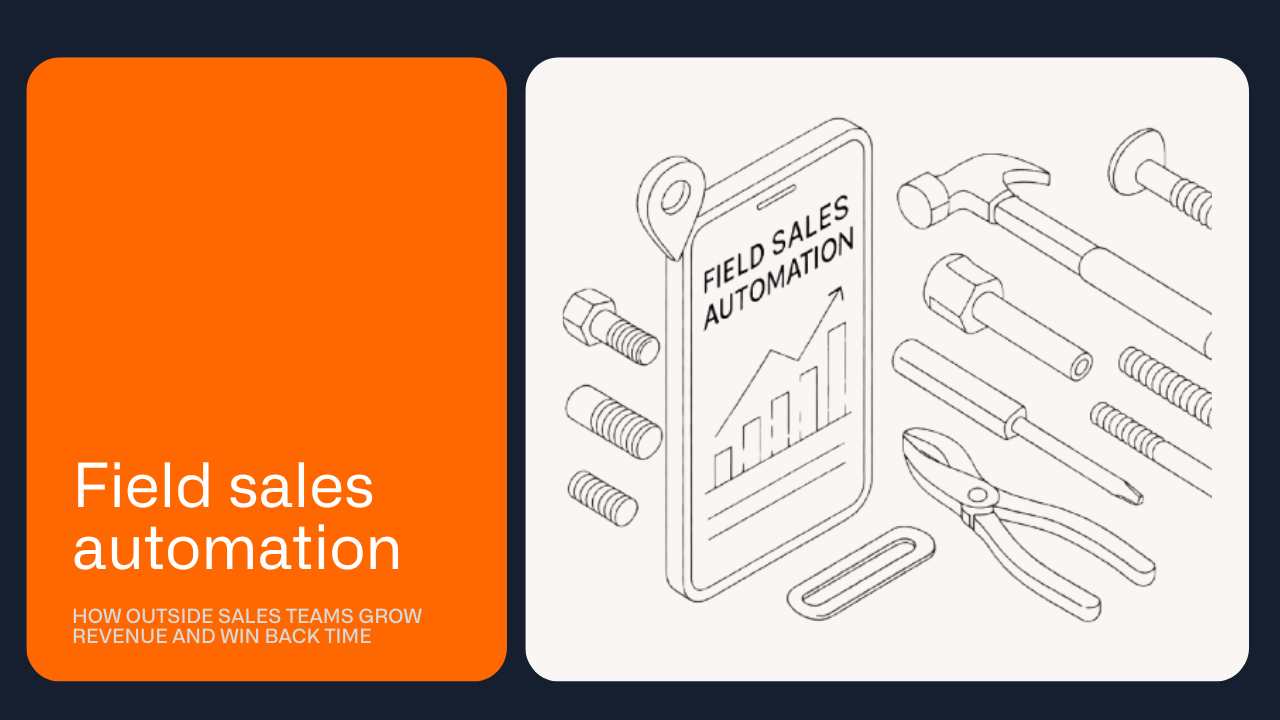Next Best Action (NBA): The future of data-driven sales strategies?
Summary
Modern B2B sales face many different challenges: complex decision-making processes, changing customer needs and a constantly growing mountain of data that needs to be managed. How can you make the right decision in this jungle of information? This is exactly where Next Best Action comes in — a method that data-based recommendations should help you take the next ideal step in the sales process. But is this technology really the key to more efficient sales strategies or just another buzzword? Let's take a closer look at the opportunities and challenges that this concept entails.
What is the next best action?
The Next Best Action (NBA) is a concept that aims to identify and implement the best, next action in the sales process. The decision is based on the Analyzing customer data, previous behavior and other relevant information. Instead of relying on standardized sales strategies, the NBA enables a tailor-made, individual approach.
It analyses in real time which action — a call, a follow-up or a special offer — is most likely to be successful. Technologies such as artificial intelligence (AI) and machine learning play a central role here. They process huge amounts of data and generate recommendations for action that represent a kind of digital assistant for sales staff.
How does Next Best Action work?
The NBA uses various data sources to create recommendations for action based on them. This includes information from CRM systems, ERP systems, customer service, and other areas. This data makes it possible to create a detailed profile of a customer, which helps sales staff to address them in a more targeted manner.
- data aggregation: To obtain a complete picture, data from different systems is brought together and consolidated. This creates the basis for well-founded decisions. But this is also where the first stumbling blocks lurk: The quality and timeliness of the data is decisive for the NBA's success. Incomplete or outdated information can lead to incorrect conclusions.
- Analysis and pattern recognition: Based on aggregated data, algorithms use machine learning to identify patterns and trends in customer behavior. This analysis helps to understand which actions have been successful with similar customers in the past. However, this phase is also susceptible to errors, as machine learning can only be as good as the underlying data.
- Recommendations for action: At the end of the process, the sales representative receives specific recommendations as to which actions have the greatest chance of success. That sounds tempting — but there is a risk that such recommendations may not always reflect the complexity and nuances of individual customer relationships.
Benefits of Next Best Action for Sales
The Next Best Action offers some compelling benefits that Optimize sales processes and be able to design more efficiently. But despite the promising opportunities, it is important to also consider potential restrictions.
- Personalized customer approach: The NBA allows a much more individual approach. Sales representatives can target customers with tailored solutions based on their behavior and preferences. This not only improves the closing rate, but also creates a more positive customer experience. But how far can personalization really go without appearing impersonal and automated?
- Increasing efficiency: With data-based recommendations, sales teams can use their time and resources more effectively. The focus is on the activities that are most likely to lead to success. However, there is a risk that teams rely too much on the recommendations and react less flexibly to unexpected customer situations. The sales process should not only be controlled by algorithms, but should also leave room for individual adjustments.
- customer loyalty: The NBA helps to react proactively to potential churn by addressing customers early on through targeted measures. For example, the system can recognize when a customer becomes inactive or is dissatisfied and suggests appropriate measures to sales. This is the major advantage of data analysis. But care should be taken here too: If companies rely too much on ready-made recommendations for action, they run the risk of falling into the automation trap and losing the personal touch when approaching customers.
Next Best Action challenges
As promising as the Next Best Action may sound, there are certainly a few challenges that need to be overcome. These are not only of a technical nature, but also of an organizational nature.
- Data quality and privacy: The quality of the recommendations for action depends on the quality of the data. Outdated, incomplete, or incorrect information leads to incorrect recommendations that can not only be ineffective but also counterproductive. There is also the question of how to implement privacy-compliant solutions that process customer data securely and responsibly.
- Technological complexity: Integrating various data sources and systems in real time is a major technical challenge. The introduction of next-best-action solutions often requires significant investments in infrastructure and specialist personnel. In addition, depending on the size of the company, it can be difficult to fully connect systems such as CRM and ERP. Organizations should be aware that implementing an NBA solution isn't always a quick and easy process.
- Acceptance by the sales team: Another important point is acceptance among sales staff. There is a risk that employees feel patronized by AI recommendations and are no longer actively behind the suggested actions. Companies must ensure that the NBA is seen as a supporting tool that complements, rather than replacing, the experience and knowledge of salespeople.
Conclusion: A useful addition, but not a panacea
Die Next Best Action offers an innovative way to improve sales processes, increase efficiency and better serve customers. It helps to make data-based decisions and to make sales more tailored and individual. But companies should keep an eye on the limits of technology. Data isn't infallible, and even the best algorithms can't always fully capture the complexity of human relationships.
A critical look at the quality of data, organizational implementation and acceptance by the sales team is crucial for the success of NBA solutions. Companies that overcome these challenges can benefit from the Next Best Action — but it should be seen as an addition and not as a substitute for human expertise.
Lastest blog posts
Lorem ipsum dolor sit amet, consetetur sadipscing elitr





